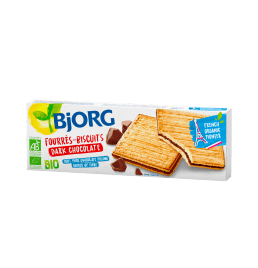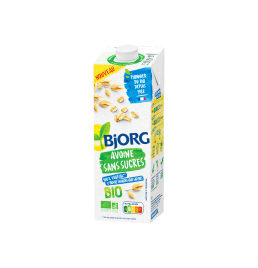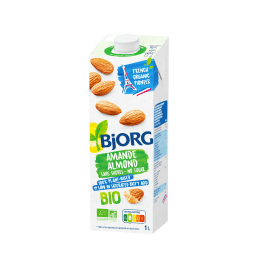
By the way, what is gluten? It is a protein found in many cereals such as rye, wheat, barley, kamut and spelt.
Gluten-free eating?

Gluten is a protein that is poorly tolerated by some people’s bodies, resulting in a chronic inflammatory bowel infection called celiac disease.
An intolerance that can lead to more or less severe inconveniences such as diarrhoea, abdominal pain, vomiting, etc.
It should be noted that people at risk of gluten intolerance are, in principle, those with a parent who also suffers from this intolerance and those with an autoimmune disease, especially people with type 1 diabetes.
If you are affected by this disease (and diagnosed) or simply if you feel better digestive comfort by avoiding gluten, it is appropriate to adopt a gluten-free diet, and fortunately, some cereals such as corn, buckwheat (pseudo-cereal) or whole rice do not contain any!
For more information on gluten, check out our dossier on the subject.
What cereal can you eat when you are gluten intolerant?
- Corn or rice: in a cakes for example. You’ll have all the energy you need, while enjoying tasty organic products.
- Quinoa: In a ready-to-eat or cooked dish, quinoa is a whole grain cereal that can be cooked easily.
A gluten-free diet with a low glycemic index but rich in fibre
Diabetics who are also often gluten intolerant suffer from abnormally high blood sugar levels, and are often encouraged to adopt a low glycemic index diet. They should favor fibre-rich food products, which slow down the progression of carbohydrates in the digestive tract.
Click here to discover our gluten-free and fibre-rich products




